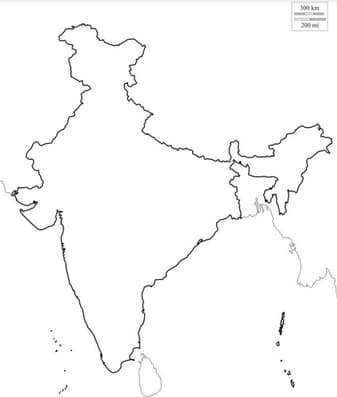The Himalayan rivers are perennial, which means they flow throughout the year. They receive water from rainfall as well as from melted snow of the Himalayan glaciers. They have long courses and cover large areas. They also perform intensive on the erosional activity in their upper courses and carry huge loads of silt and sand.
Which of the following is a characteristic feature of the Himalayan rivers in their lower courses?

Important Questions on Drainage
The Peninsular rivers are primarily seasonal, with their flow dependent on rainfall. These rivers have shorter and shallower courses compared to their Himalayan counterparts. Most of them originate in the Western Ghats and flow towards the Bay of Bengal.
What is a characteristic feature of the Peninsular rivers?
Which state constitutes about of the drainage basin area of the Godavari River in India?
Some argue that the length and depth of Peninsular rivers are limiting factors for their utility. Do you agree or disagree with this statement? Provide specific examples or features of Peninsular rivers to support your answer.
- Indus
- Ganga
- Brahmaputra
- Godavari
- Narmada
- Kaveri

Which of the following is not true about the perennial rivers?
I. They are fed by both glaciers and rain.
II. They cut through the mountains, making gorges.
III. They are short-lived and dry up within months.
IV. They have long courses from the origin to the sea.
